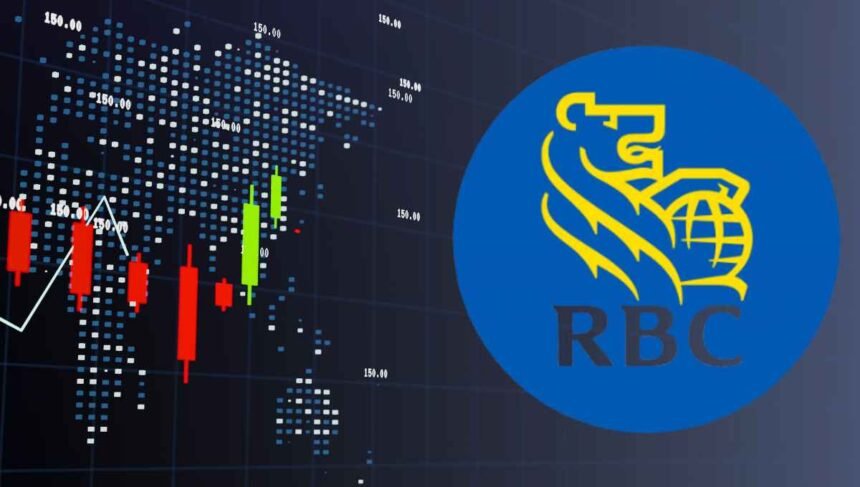Once again, the most recent quarterly results showed that Royal Bank of Canada (TSX:RY) is resilient.
With reasonable growth, indications of strength, and expansion preparations, RBC appears to be well-positioned to overcome the challenges that will undoubtedly arise in 2024. That is why I intend to keep adding to my holdings of this excellent bank stock.
Facing Economic Headwinds With Confidence
Provisions for credit loan losses were $720 million in the most recent quarter, increasing the total for this fiscal year to $2.2 billion, according to Canada’s largest bank by market valuation.
This cautious strategy demonstrates that RBC is prepared for the surge in unemployment and the flood of mortgage renewals expected in the coming years, which are likely to incur higher interest rates.
Fewer than one-third of RBC’s mortgage consumers have experienced the negative effects of rising rates, according to chief risk officer Graeme Hepworth. But he did say, “there is stress building at the consumer level.”
The revenue for personal and commercial banking declined 2% in the fourth quarter, but other divisions more than made up for it.
An unforeseen expense last year caused a 74% drop in wealth management. Capital markets increased by 36% and insurance by 8%, both of which indicate robust trade activity.
Better-Than-Expected Earnings
Despite the sober assessment, RBC reported $4.1 billion in profits for the fourth quarter, which surpassed expectations. From $2.74 in the previous year, diluted earnings per share increased to $2.90. Among the strong outcomes was a pre-tax gain of $247 million on the sale of assets.
At the same time, quarterly sales were up 4% year-over-year, reaching $13 billion. Compensation for employees and expenditures in technology contributed to a 13% increase in expenses, which came to $8.14 billion. Due to a decrease in the effective tax rate from 22.2% to 18.6%, these increased expenses were balanced out.
Consistent with its position as an industry leader, RBC kept its Common Equity Tier 1 ratio at 13%. Its 8% increase in quarterly dividends to $1.28/share reflects optimism about the company’s fundamental soundness.
Why RBC Looks Well-Positioned for 2024
It appears like RBC is ready to ride the wave of stronger economic fundamentals into 2024, thanks to markets’ optimism that 2023 will be the apex of central bank hawkishness. Let me give you a few reasons:
1. Prudent Provisions Cushion Against Defaults
With a healthy emergency fund, Canada’s largest lender has provided itself enough breathing room to weather future storms. If unemployment surges generate greater consumer defaults when mortgages come up for renewal, RBC already boosted provisions to handle higher damaged loans.
2. Upside Leverage to Rising Rates
As a result of interest rate hikes, RBC has earned more than $1.1 billion so far. Thanks to asset sensitivity, RBC stands to gain even more as the interest rate environment swings higher entering 2024 to combat stubborn inflation.
3. Strong Wealth and Capital Markets Franchise
When it comes to investment banking fees, no Canadian bank does it better than RBC Capital Markets. When it came to Canadian equity offers in 2022, it was placed third worldwide.
Profits in 2024 can see an uptick due to increased trading and initial public offerings. At the same time, steady fee income comes from RBC’s global asset management business, which is responsible for $864 billion AUM.
4. Technology Investments Bearing Fruit
RBC’s tech spending has increased by 24% year-over-year, indicating a strong commitment to digital transformation. With better digital capabilities, Canada’s biggest bank might eventually save costs and increase market share. In the long run, management expects its investments in technology to pay off.
5. Geographic and Business Diversity
When compared to its domestic competitors, RBC’s diverse operations are unparalleled. The bank’s international expansion has paid off, as it currently generates 30% of its net revenue from international wealth and capital markets operations. Growth in its regional banking business in the United States is also encouraging.
The Bottom Line
Last quarter, RBC demonstrated its cautious and steady approach once again, even though the economy is a major concern for banks.
The leading Canadian bank appears to be well-positioned to provide excellent returns in the long run thanks to its conservative provisions, various revenue streams, and upside leverage.
That’s why I intend to hold on to this excellent TSX stock and purchase it at discounts until at least 2024.





